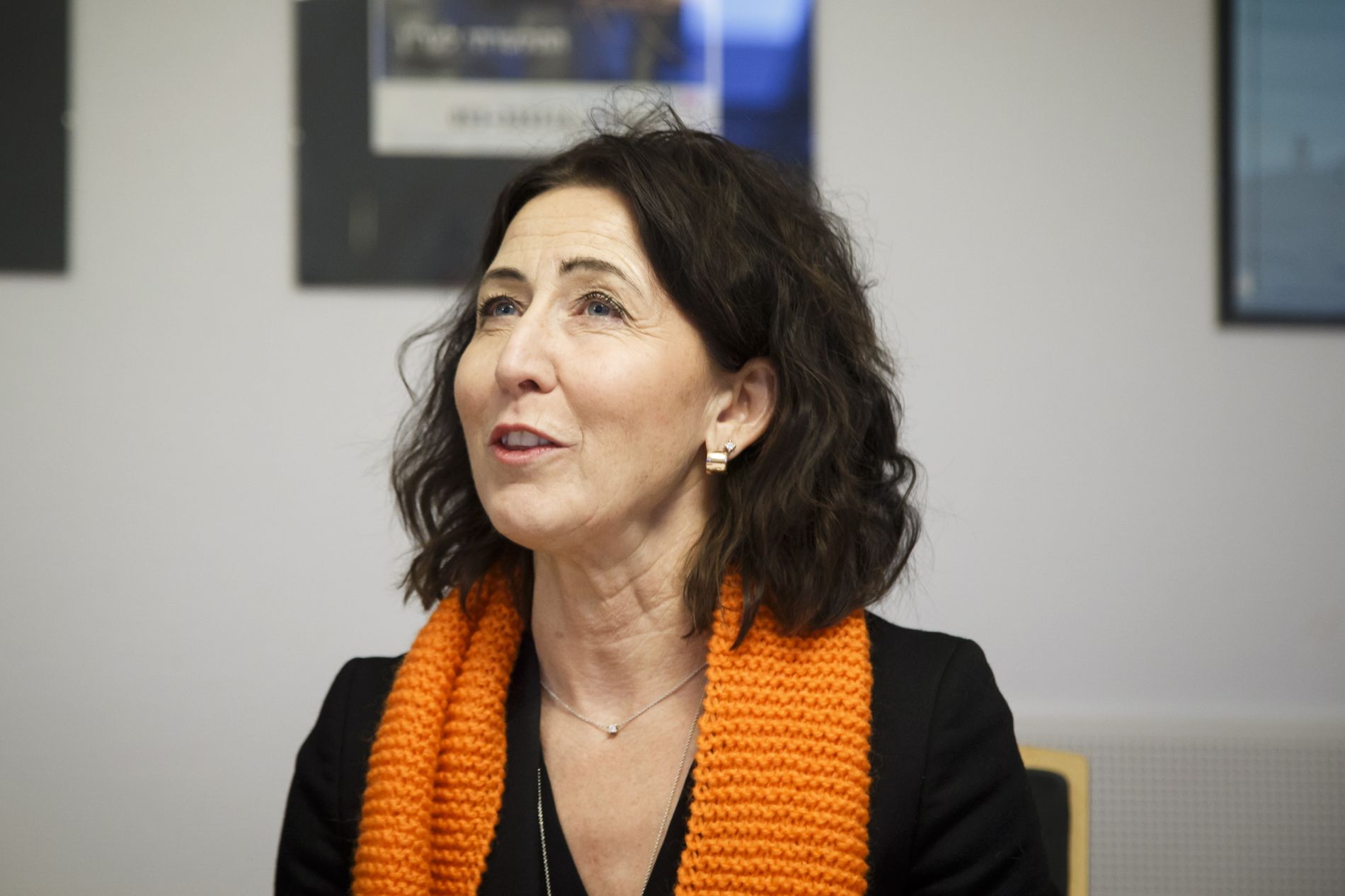POVERTY: Since 2006, the number of children in the population has increased by 2.7 per cent, while the number of children in low-income groups has increased by as much as 70.8 per cent, according to Statistics Norway. Photo: Gorm Kallestad / NTB
––
115,500 children lived in low-income families in 2019, up to 11.7 percent. Four out of ten children with an immigrant background live in relative poverty. The Church’s City Mission expects the government and the Storting to reverse the poverty trend.
Just updated
–
After several weak years, Norwegian households had a positive income development in 2019.
However, the number of children who, over a three-year period, had persistently low household incomes, increased by 4,000, to 115,000 children, shows a SSB-rapport. The share has increased steadily since 2011, to 11.7 percent.
It is worst for children with an immigrant background. Of all the children in the low-income group, 67,700 had an immigrant background. This corresponds to 58.8 percent. In this group, the increase has also been greatest.
– This has a clear connection with the fact that households with a weak connection to the labor market are most exposed to low income, Statistics Norway writes.
Since 2013, these children have accounted for more than half of all children with persistent low income. Children with an immigrant background make up 18 per cent of all children, and 39.1 per cent of them belong to a household with persistent low income.
Save the Children reacts strongly and is concerned that economic inequality has skyrocketed during the pandemic. They warn that the numbers are probably much higher now.
 —-
—-RESPONDING: Nora Lie in Save the Children. Photo: Nora Lie / Save the Children
––
– We believe that the big shock will come next year, and the years ahead. The time has definitely come for a major crisis package for children and young people in the budgets ahead, says Monica Sydgård, head of Save the Children Norway’s program.
Up over 70 percent since 2006
Between 2008 and 2011, the proportion of children in low-income families was relatively stable, between 7.6 and 7.7 per cent. In 2015, Norway passed 10 percent, and the following year the number passed for the first time 100,000 children.
Since 2006, the number of children in the population has increased by 2.7 per cent, while the number of children in low-income groups has increased by as much as 70.8 per cent.
People born into low-income families have an increased risk of negative health outcomes, and it has been shown that young people’s mental health is affected, Statistics Norway writes.
Since 2011, the youngest children, aged 0–5 years, have been most represented, with 12.7 per cent in 2019. Among children aged 6–10 years, the proportion was 12.2 per cent. The proportion is lowest among children aged 11–17, with 10.8 per cent.
The Church’s City Mission expects the trend to be reversed
– It is sad and worrying to witness an ever-declining spiral of poverty in our country. We expect that both the government and the Storting understand the need for a crackdown on poverty, and that they are able to reverse the trend, says Secretary General Adelheid Firing Hvambsal in the Church’s City Mission about the figures from the new report.
She points out that there has been a sharp increase in the number of children in poor families during Solberg’s reign. During Erna Solberg’s period as Prime Minister, the proportion of poor families with children has increased by 3.1 percentage points – from 8.6 per cent to 11.7 per cent of all children, the organization writes in a press release.
 —-
—-RESPONDS: Secretary General Adelheid Firing Hvambsal in the Church’s City Mission. Photo: Heiko Junge / NTB
––
– The top issue for all parties towards the election should be to reverse the trend that more and more children are growing up in poverty. It takes completely different measures to lift families and children out of poverty than those we have seen so far to stagnate the growing differences, says Hvambsal.
Reduced purchasing power
Statistics Norway has compared the income limit from 2009 and suggests a positive income development until 2013 for the families with children with the lowest income.
The positive trend slowed down from 2013, mostly between 2016 and 2018, before there was some increase between 2018 and 2019.
– In recent years, families with children at the bottom of the income distribution have had their purchasing power reduced. It remains to be seen whether the flattening in 2019 will continue into the pandemic year 2020, Statistics Norway writes.
Increase in large municipalities
It is in the largest municipalities that children are mainly most exposed to low income, but Statistics Norway points to great variation between municipalities: Among the fifteen largest municipalities, the spread between Tromsø, with 6.9 per cent, went to 19.1 per cent in Sarpsborg. Sarpsborg passed Drammen in 2019 and became the municipality with the largest proportion of low-income children.
The large municipalities have largely experienced an increase in recent years. Over five years, the increase is greatest in Fredrikstad and Stavanger, with an increase of 4.4 and 4 percentage points, respectively.
The share has increased the least in Asker, by 0.7 percentage points. In Oslo, the increase has been relatively modest, and the share appears to have stabilized at around 17.7 and 17.8 per cent as of 2016.
–

